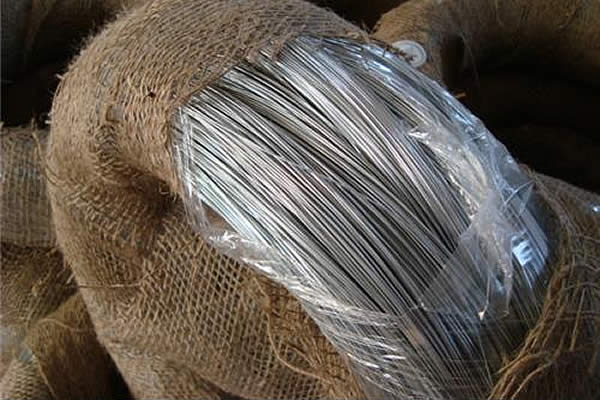 TEL:
+86-13102802206
TEL:
+86-13102802206
 Email:
fencenetting@china.com
Email:
fencenetting@china.com
 Language
Language
 TEL:
+86-13102802206
TEL:
+86-13102802206
 Email:
fencenetting@china.com
Email:
fencenetting@china.com
 Language
Language


The Importance of Site Safety Fences
In the realm of construction and site management, ensuring the safety of workers, visitors, and the surrounding community is paramount. One of the most effective ways to achieve this is through the implementation of site safety fences. These barriers play a critical role in maintaining a secure environment, preventing unauthorized access, and protecting individuals from potential hazards. In this article, we will explore the various aspects of site safety fences, their benefits, and best practices for implementation.
Understanding Site Safety Fences
Site safety fences are temporary barriers erected around construction sites, events, or hazardous areas to restrict access and protect the public. They serve multiple purposes, including deterring theft, preventing accidents, and maintaining a clear boundary between operational zones and pedestrian areas. These fences can be made from various materials, including chain link, wood, vinyl, or mesh, and come in various heights and designs to suit specific site requirements.
Benefits of Site Safety Fences
1. Enhanced Security One of the primary advantages of site safety fences is the security they provide. By creating a physical barrier, these fences deter unauthorized individuals from entering the site, which can lead to theft or vandalism. With a secure perimeter, site managers can focus on the project at hand without worrying about potential intrusions.
2. Accident Prevention Construction sites are often fraught with dangers, including heavy machinery, deep excavations, and hazardous materials. Site safety fences serve to keep pedestrians and unauthorized personnel away from these risks, thereby reducing the likelihood of accidents. Ensuring that only trained and authorized workers are present on-site is crucial for maintaining a safe working environment.
3. Compliance with Regulations Many local governments and regulatory bodies have requirements regarding the safety measures that must be in place during construction projects. Installing site safety fences is often mandated as part of these regulations. Compliance not only avoids potential fines and legal issues but also demonstrates a commitment to safety and professionalism.
4. Visibility and Awareness A well-defined site with clear fencing enhances visibility for both workers and the public. Signs can be affixed to the fences to inform passersby of the ongoing operations and to alert them to potential hazards. This proactive approach fosters a culture of safety and awareness, both on-site and in the surrounding area.

5. Control of Site Access Site safety fences can be equipped with gates that are monitored, allowing for controlled access to the site. This ensures that only authorized personnel can enter, thereby adding an extra layer of security. Access control measures can also help in the management of site operations, ensuring that the flow of personnel and equipment is orderly and efficient.
Best Practices for Implementing Site Safety Fences
1. Assess Site Needs Before installing a safety fence, conduct a thorough assessment of the site. Consider factors like the size of the area, the nature of the work being done, and the proximity to public spaces. This analysis will help determine the appropriate type of fence and its configuration.
2. Choose the Right Materials Select fencing materials that are durable and suitable for the specific conditions of the site. For example, chain link fences are popular for construction sites due to their strength and visibility, while solid wooden fences may be more suitable for aesthetic purposes at public events.
3. Regular Maintenance Ensure that site safety fences are regularly inspected and maintained. Damaged sections should be repaired promptly to maintain the integrity of the barrier. Regular checks also help in identifying potential security risks that may arise due to wear and tear.
4. Clear Signage Complement the fencing with clear and informative signage. Signs should indicate that the area is a restricted zone, outline the potential dangers, and display emergency contact information. This fosters an understanding of the importance of the fence and promotes safety awareness.
5. Training and Communication Train workers on the importance of site safety fences and the protocols for accessing the site. Ensure that communication regarding security measures is clear and that everyone understands their role in maintaining a safe working environment.
Conclusion
In summary, site safety fences are an essential component of construction site management. They offer security, prevent accidents, ensure regulatory compliance, and promote overall safety awareness. By implementing best practices in the selection and maintenance of site safety fences, project managers can create a safer working environment that protects both workers and the public. In a world where safety should always be a priority, investing in site safety fences is a strategic decision that pays dividends in the long run.